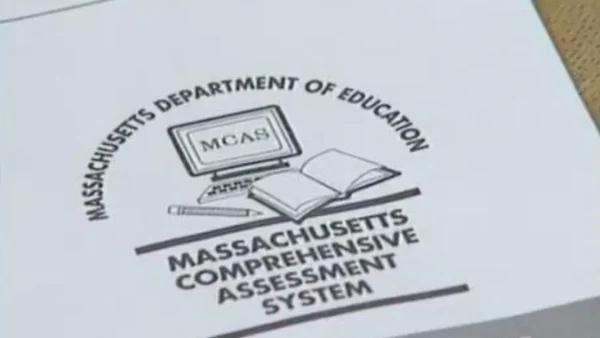Stop Consuming Trauma Porn

The term “trauma porn” is distinctly uncomfortable. Its disturbing association of two topics that typically remain separate out of sheer decorum, if nothing else, is impactful—and purposeful.
Trauma porn is any type of media that exploits one’s pain and suffering for media buzz. This is important to remember: trauma porn is exploitative in nature. And indeed, the obscenity of the term mirrors the obscenity of the act itself: voraciously consuming media of starvation, violence, and grief. Suffering is reduced to a form of online currency, traded for likes, views, comments, and reposts.
“Minds become passive and numb…no longer are we shocked into activism”
Trauma porn has, like a fungus, begun spreading across social media and trickling into activism accounts. Perhaps it’s poverty porn, shots of Indian slums and street beggars in the 2008 Slumdog Millionaire. Perhaps it’s the Yemen Crisis, photos of skeletal and sickly children spread across Instagram like the latest TikTok trend. Or perhaps it’s the Black Lives Matter movement, videos of Ahmaud Arbery’s and George Floyd’s brutal murders circulating across websites.
Many think this is activism, spreading awareness through shock. It is not.
Shocking people into action perhaps worked, once upon a time. In May, during the rapid resurgence of the Black Lives Matter movement, clips of police brutality towards Black people began circulating across social media, jarring many users to the core and pushing them towards posting and petitions and protests, empowering them to confront various entities of oppression. Yes, it worked—briefly. But now, the media is congested with trauma porn, constantly churning out more information than anyone can possibly process. We’ve become so used to seeing violence against Black bodies, emaciated children in third-world countries, caged immigrants at the Mexican border: and the result is desensitization. Minds become passive and numb, increasingly accustomed to media depictions of trauma, and no longer are we shocked into activism. We muster up flickers of empathy and compassion, but never enough to act on our emotions; and our Instagram feeds just reinforce the ubiquity of trauma and suffering.
Not to mention, trauma porn is inherently dehumanizing. Our consumption of trauma is disturbingly akin to a zoo, in which marginalized communities are treated as animals stuck behind a glass wall and we, the bumbling and blissfully ignorant toddler, gawk from a distance.
Ethics are, without a doubt, called into question. As people are “recycled through the system as a statistic, unnamed and unidentified” (“Does ‘Trauma Porn’ Really Exist?”), they lose their individual worth and instead become metonymic for their struggles. Suddenly, Yemeni children represent starvation; Black people represent racism and police brutality; immigrants represent the border crisis.
“They…instead become metonymic for their struggles”
This is painful and dehumanizing, amplifying struggle by minimizing every other aspect of life that makes a person whole.
At best, trauma porn stirs up weak empathy. It discourages activism, as it’s reposted until the horrors it depicts become intangible, watered down, and normalized. Some may argue that its circulation spreads awareness about issues of inequity and justice; but these people forget that awareness is a means to an end, not an end in itself. The purpose of awareness is to promote action, fighting for health, freedom, justice, and rights. Awareness by itself fosters disillusioned resignation, so what is the purpose of awareness that’s not succeeded by action? The answer is simple: there is none.


